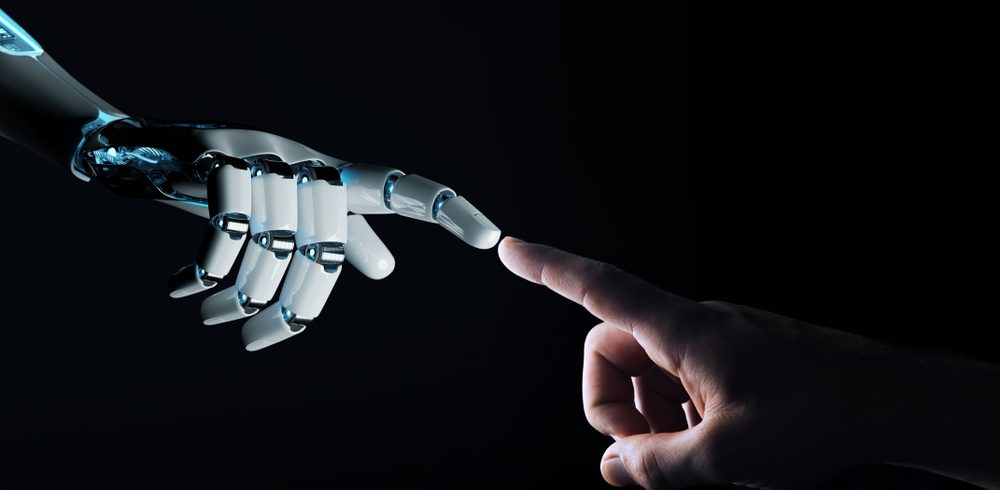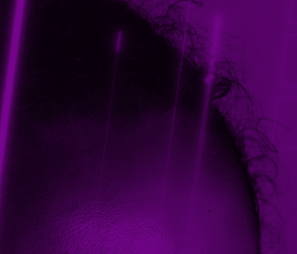An artificial fingertip surgically connected to nerve endings in an amputeeâs arm is the first to deliver real touch sensation. Previous attempts to reconnect nerves and bionics after amputation had failed to simulate sensory stimulation in real-time.
The pioneering research and technology was developed by Ecole Polytechnhique Fédérale de Lausanne (EPFL) in partnership with BioRobotics at the Institute Scuola Superiore SantâAnna (SSSA). The efforts of the French and Italian universities have allowed the patient to feel texture instantaneously, with no perceptible gap between touch and sensation.
During research, the teams, led by Silvestro Micera and Calogero Oddo also found that nerves of non-amputees can also be stimulated to feel texture without intrusive surgery. Such a finding means that future technologies can be tested and refined on intact subjects. They also suggested that artificial tactile robotics might successfully be transferred to circumstances of rescue, as well to the manufacturing sector more broadly.
Dennis Aabo Sørensen is reportedly the first person in the world to feel texture with the use of a bionic fingertip. The fingertip was connected to electrodes implanted above his stump to remaining nerves in the upper arm. Sensors on the bionic fingertip then perceived subtle differences in texture as a machine controlled the movement of the finger across a range of plastics with distinct patterns engraved on them. From the signal generated by the different textures, a series of electronic spikes were produced and relayed back through the nervous system of the patient. Sørensen was able to differentiate between rough and smooth surfaces at a phenomenal rate of 96%.
When the pioneering testing was replicated on non-amputee subjects, the results remained promising; subjects could discern different textures in 77% of cases. Testing on non-amputees also allowed scientists to measure how much the bionic fingertipâs sensory perception correlated with that or innate brain function. EEG scans showed brain activity to be very comparable to that mimicked by the robotic fingertip.
The results, published in eLife, could well revolutionise neuroprosthetics and pave the way for an increasingly state-of-the-art health care sector.
















